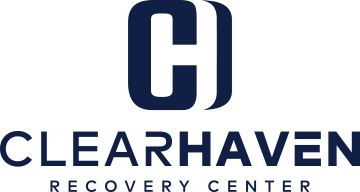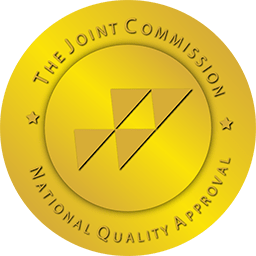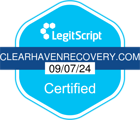The U.S. is home to many things, including a disturbing substance abuse problem. To put into context the magnitude of the substance abuse problem in the proverbial land of milk and honey, we need only look at a study published by the Association of American Medical Colleges. According to researchers closely involved in the study, a jaw-dropping 21 million Americans have at least one addiction. And only 10% of those individuals get the help they desperately need to regain control over their lives. For those who are still not convinced of the misfortune that has beset America in the form of substance abuse, you need only look at some of the sobering statistics compiled by the National Center for Drug Abuse Statistics (NCDAS).
What Statistics Reveal About America’s Struggle With Substance Abuse
When you look at the study published by NCDAS, several things become immediately apparent, the first of which is many Americans begin abusing drugs very early in life. The study noted that 50% of individuals 12 and older admitted to using illicit drugs at least once. Second, addiction is claiming the lives of hundreds of thousands of people. Since 2000, the U.S. more than 700,000 Americans have lost their lives due to having overdosed on an illicit drug. Lastly, the number of substances people abuse in the U.S. is varied. Available data shows the most commonly abused substances in the country include the following:
- Alcohol
- Marijuana
- Opioids
- Cocaine
- Methamphetamine
While America’s struggles with substance abuse have cast the country in a less than flattering light, things are not all bad. There is some good news worth noting; many people are taking the necessary steps to put addiction behind them and finally get their lives back in order. And many are turning to the more than 14,000 licensed rehab facilities across the country to help them accomplish just that. That said, the road to addiction recovery and long-term sobriety can look different from one person to the next.
For example, some people will have to go through an inpatient addiction recovery program to break the cycle of addiction. For others, an outpatient program will more than suffice. People who benefit the most from outpatient addiction recovery are the ones who have only a mild problem when it comes to alcohol, marijuana, or other less heavy drugs. Such an approach to addiction recovery would likely not work for someone struggling with opioids, cocaine, or a full-on alcohol use disorder (AUD), for example.
What Does It Mean to Go to an Outpatient Rehab?
For those unfamiliar with it, outpatient rehab is a part-time addiction recovery program that allows individuals to get the help they need to break free of their addiction. Essentially, these programs allow individuals the freedom to tend to work and family obligations in-between addiction recovery treatments. In this way, they are far less restrictive than inpatient programs, which require individuals to remain onsite for the entirety of their recovery. Most outpatient programs will require that individuals spend 10 to 12 hours each week in counseling sessions with a licensed therapist, addiction education, or something else that moves them closer to achieving short and long-term sobriety. Except for allowing individuals the time to tend to other obligations in between addiction recovery treatments, outpatient programs are not too dissimilar from their inpatient counterparts.
How Long Does Outpatient Rehab Last?
One thing that differentiates an outpatient rehab program from an inpatient one is duration. Unlike inpatient rehab, which generally lasts anywhere from 30 to 90 days, outpatient rehab can last 180 days or more. Another common concern many people have when it comes to inpatient versus outpatient addiction recovery has to do with detox. Like their inpatient counterpart, outpatient rehabs also offer medication-assisted detox to individuals who need it. For reference, medication-assisted detox, among other things, involves the use of FDA-approved prescription drugs to help combat withdrawal symptoms that most people experience when they abruptly stop using. However, individuals must visit a hospital or a designated treatment facility to undergo physical and mental check-ups throughout their outpatient detox.
Bottom Line
In summary, inpatient and outpatient rehab programs are more the same than they are different. Both can help individuals overcome addiction and go on to lead a happy, meaningful life. To find out if you’re a better candidate for inpatient or outpatient rehab or to find a facility in your area, consider speaking with one of our caring and helpful representatives today at 833.970.2054.











